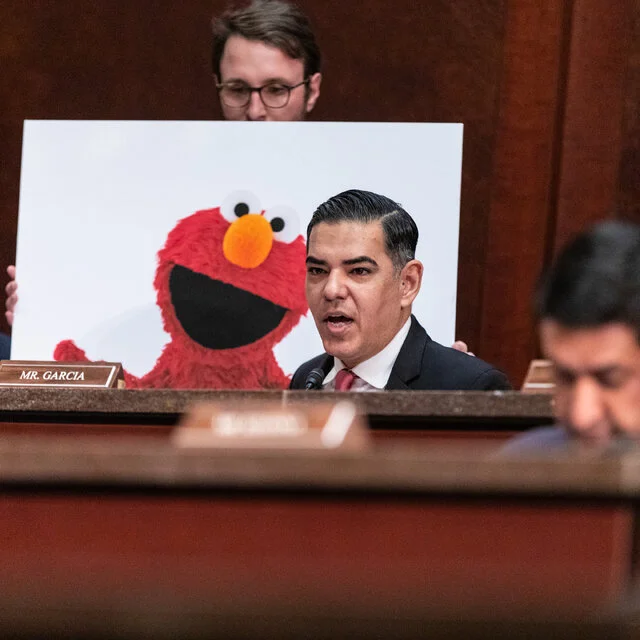
Trump’s Late-Night Rant Targets NPR and PBS Amid Funding Threats
Former President Donald Trump unleashed a late-night tirade on social media, targeting National Public Radio (NPR) and the Public Broadcasting Service (PBS). The outburst comes amid speculations that Trump might seek to defund these public broadcasters if he returns to office. His comments were triggered by a recent congressional hearing where Representative Marjorie Taylor Greene questioned the funding of NPR and PBS, suggesting they promote a liberal agenda.
Trump's posts, filled with accusations of bias and calls for defunding, have reignited debates over the role and funding of public media in the U.S. Critics argue that NPR and PBS provide essential educational and cultural content, while supporters of Trump's stance believe these organizations receive undue taxpayer support.
The controversy has drawn attention from various quarters, including tech mogul Elon Musk, who has previously expressed skepticism about government-funded media. As the 2024 election approaches, the issue of public media funding is likely to remain a contentious topic, reflecting broader cultural and political divides in the country.
Detailed
Related issues news
What is NPR and PBS?
The U.S. public broadcasting system differs from such systems in other countries, in that the principal public television and radio broadcasters – the Public Broadcasting Service (PBS) and National Public Radio (NPR), respectively – operate as separate entities.
Are PBS and NPR federally funded?
Public broadcasting stations are funded by a combination of private donations from listeners and viewers, foundations and corporations. Funding for public television comes in roughly equal parts from government (at all levels) and the private sector.
Who funds NPR and PBS?
Funding for NPR comes from dues and fees paid by member stations, underwriting from corporate sponsors, and annual grants from the publicly funded Corporation for Public Broadcasting. Most of its member stations are owned by non-profit organizations, including public school districts, colleges, and universities.




